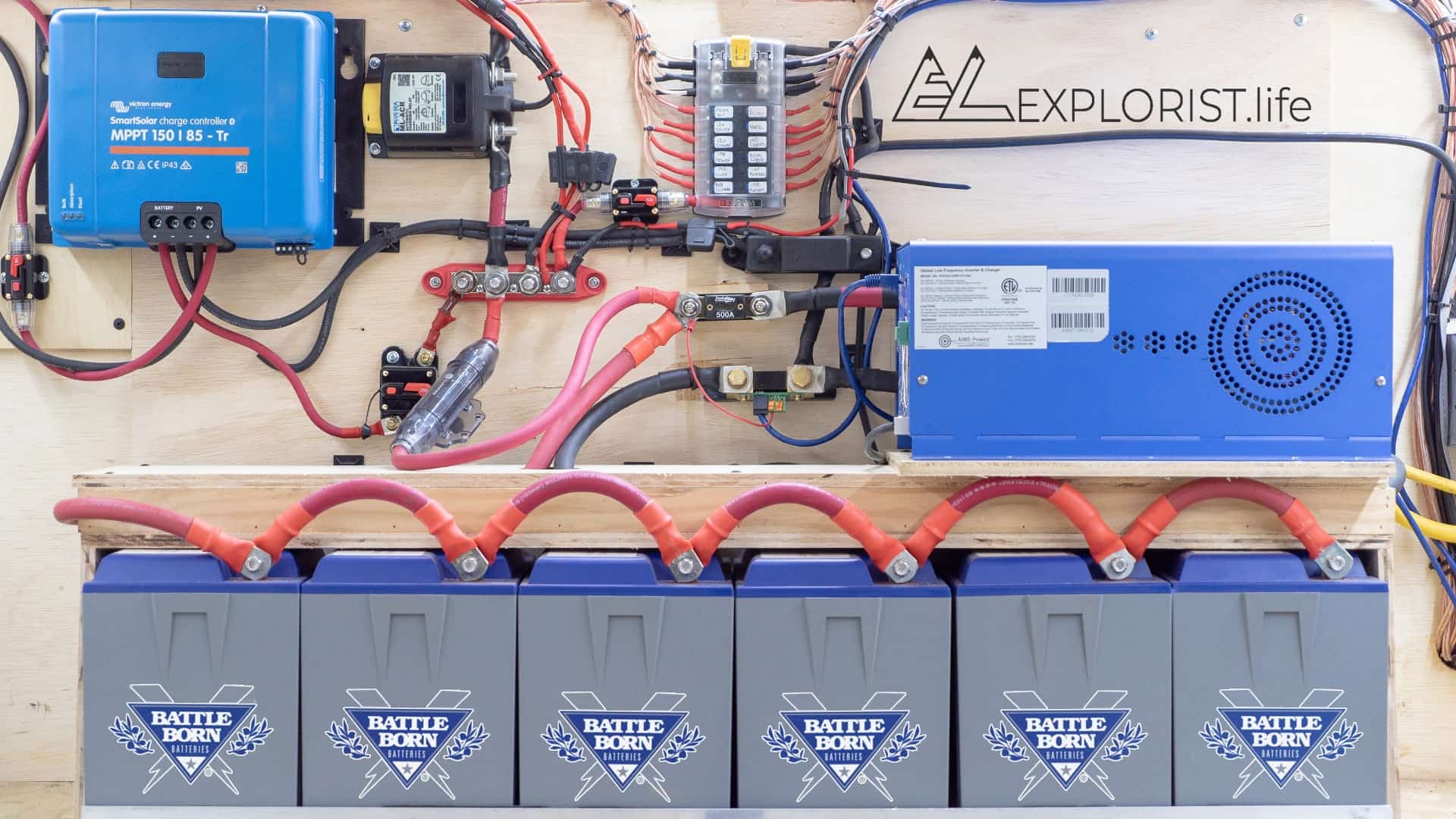Campervan Solar Setup For Full-time Off-grid Power
“Campervan solar setup for full-time off-grid power”
For many, the idea of living full-time in a campervan, free from the constraints of traditional housing, is a tantalizing prospect. However, to make this dream a reality, a reliable source of power is essential. This is where a well-designed campervan solar setup comes into play, providing the freedom to roam while keeping your home on wheels powered and connected.
In this article, we will delve into the intricacies of setting up a solar power system for your campervan, tailored for full-time off-grid living. We’ll explore the components you’ll need, how to size your system, and offer practical tips for maximizing your solar harvest.
Understanding Your Power Needs
Before diving into the specifics of your solar setup, it’s crucial to understand your power needs. This involves calculating your daily energy consumption, which can vary widely depending on your lifestyle, appliances, and personal preferences. Common energy consumers in a campervan include:
- Refrigerator: A crucial component for storing food and keeping drinks cold. Energy-efficient models are available, but they still consume a significant amount of power.
- Lights and Electronics: LED lights are very efficient, but laptops, smartphones, and other electronic devices can quickly add up in terms of power consumption.
- Water Pump and Heating: If you have a built-in water system, the pump and any heating elements (like a water heater) will require power.
- Ventilation and Cooling: Fans and ventilation systems help with airflow, and some campervans may include small air conditioning units for hotter climates.
To estimate your daily power usage, consider the wattage of each device and how many hours a day it’s used. For example, a 20W LED light used for 8 hours a day consumes 160Wh (20W x 8h) of energy per day.

Components of a Campervan Solar Setup
A basic solar power system for a campervan consists of:
- Solar Panels: These convert sunlight into electrical energy. The size and number of panels depend on your energy needs and the available roof space on your campervan.
- Charge Controller: This component regulates the flow of energy from the solar panels to the batteries, preventing overcharge and ensuring the batteries are charged efficiently.
- Deep Cycle Batteries: These are designed to be discharged and recharged many times, providing power when the sun is not shining. The capacity of the batteries (measured in amp-hours, Ah) should be sufficient to cover your power needs during periods without sunlight.
- Inverter/Charger: An inverter converts the DC power stored in the batteries into AC power, making it usable for appliances that require AC power. Some models also include a battery charger for when you’re connected to an external power source.
- Monitoring System: A battery monitor or a full system monitor helps you keep track of your power generation, consumption, and battery state of charge, ensuring you’re always aware of your system’s performance.

Sizing Your Solar System

To size your solar system correctly, follow these steps:
- Calculate Daily Energy Needs: As mentioned earlier, sum up the watt-hours (Wh) of all your appliances and devices to determine your daily energy consumption.
- Determine Required Battery Capacity: As a rule of thumb, your battery capacity should be able to cover at least 2-3 days of your energy needs without recharging, to account for periods of low sunlight.
- Choose Solar Panels: The total wattage of your solar panels should be enough to recharge your batteries within a day of good sunlight, considering your daily energy usage and inefficiencies in the system.
- Select a Suitable Charge Controller: The charge controller should be compatible with your solar panel array’s voltage and current output and capable of handling the maximum power input.
Tips for Maximizing Your Solar Harvest
- Orientation and Angle: Position your solar panels to face the sun as directly as possible. The ideal angle depends on your location and the time of year; a general rule is to tilt them to match your latitude.
- Keep Them Clean: Regularly clean your solar panels to ensure dirt and debris don’t reduce their efficiency.
- Shading: Avoid installing panels where they might be shaded by other parts of the campervan or external objects, as even partial shading can significantly reduce energy production.
- Efficient Appliances: Use energy-efficient appliances and LED lights to minimize your power consumption.
- Battery Maintenance: Properly maintain your batteries by checking water levels (if applicable), keeping them charged, and avoiding deep discharges.
Practical Considerations for Full-Time Off-Grid Living
- Power Generation Alternatives: Consider adding a backup power source, such as a portable generator or a wind turbine, for extended periods of low sunlight.
- Water Conservation: Since water pumps and heating elements consume power, practicing water conservation can help reduce your energy needs.
- Community and Resources: Connect with other campervan owners and online communities to share knowledge, resources, and experiences about off-grid living.
Conclusion
Embracing the freedom of full-time off-grid living in a campervan is made possible by a well-designed solar power system. By understanding your power needs, selecting the right components, and following practical tips for maximizing your solar harvest, you can enjoy the comfort and convenience of home, anywhere your adventures take you. Remember, the key to a successful off-grid lifestyle is balance—between energy generation, consumption, and conservation. With the right mindset and setup, the open road awaits, filled with endless possibilities and breathtaking landscapes to explore.
